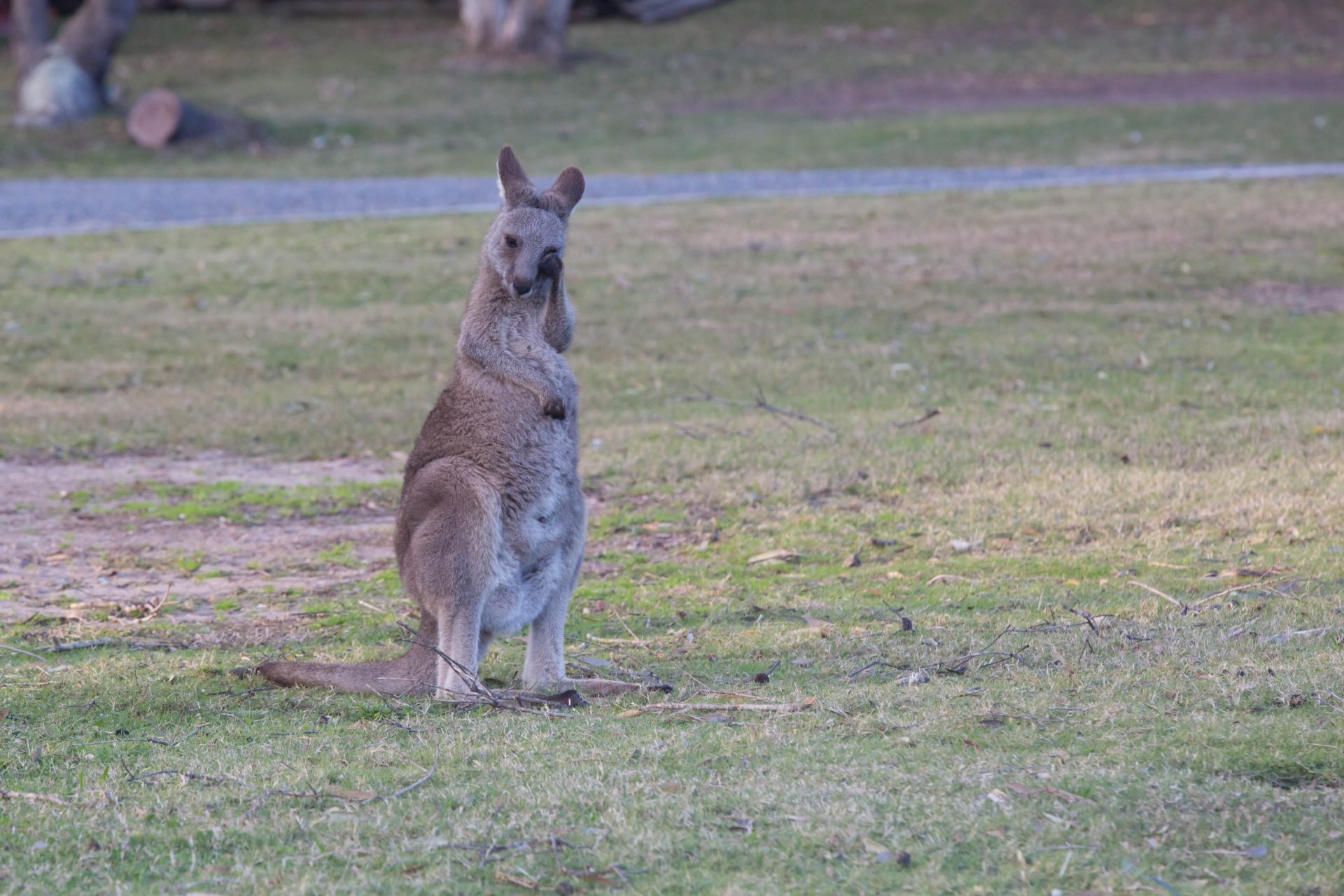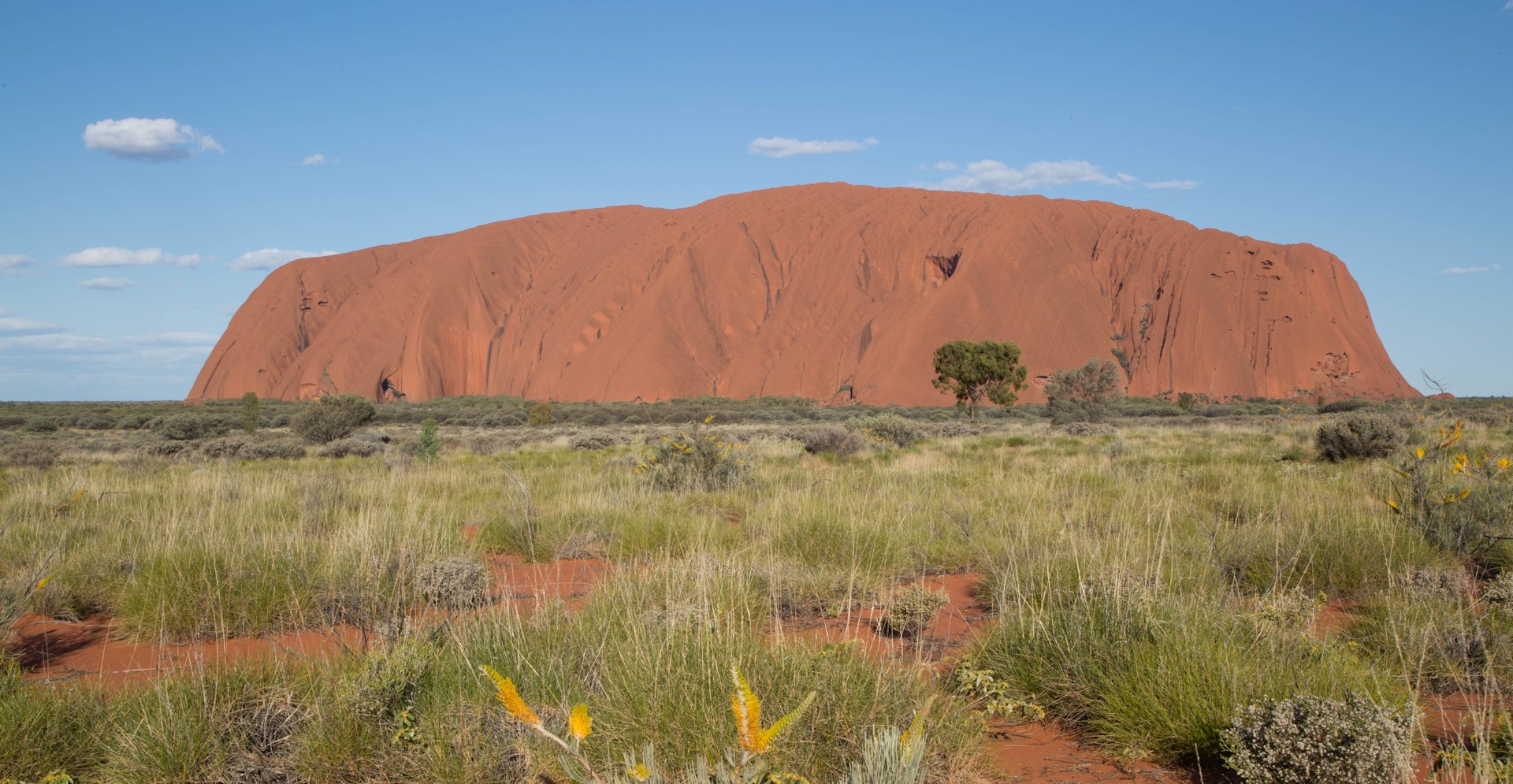Our first stop approx. 4 hours to the North of Sydney is Diamond Head in Crowdy Bay National Park. During the night serious wind gusts of up to 55km/h keep shaking at our tent. First a massive noise builds up in the treetops and 2 seconds later it feels like the tent gets blown away. We don´t get much sleep. As a small compensation we see Kangaroos literally 5m away from the tent when we crawl out in the morning. As it seems, they also didn´t sleep too well.






